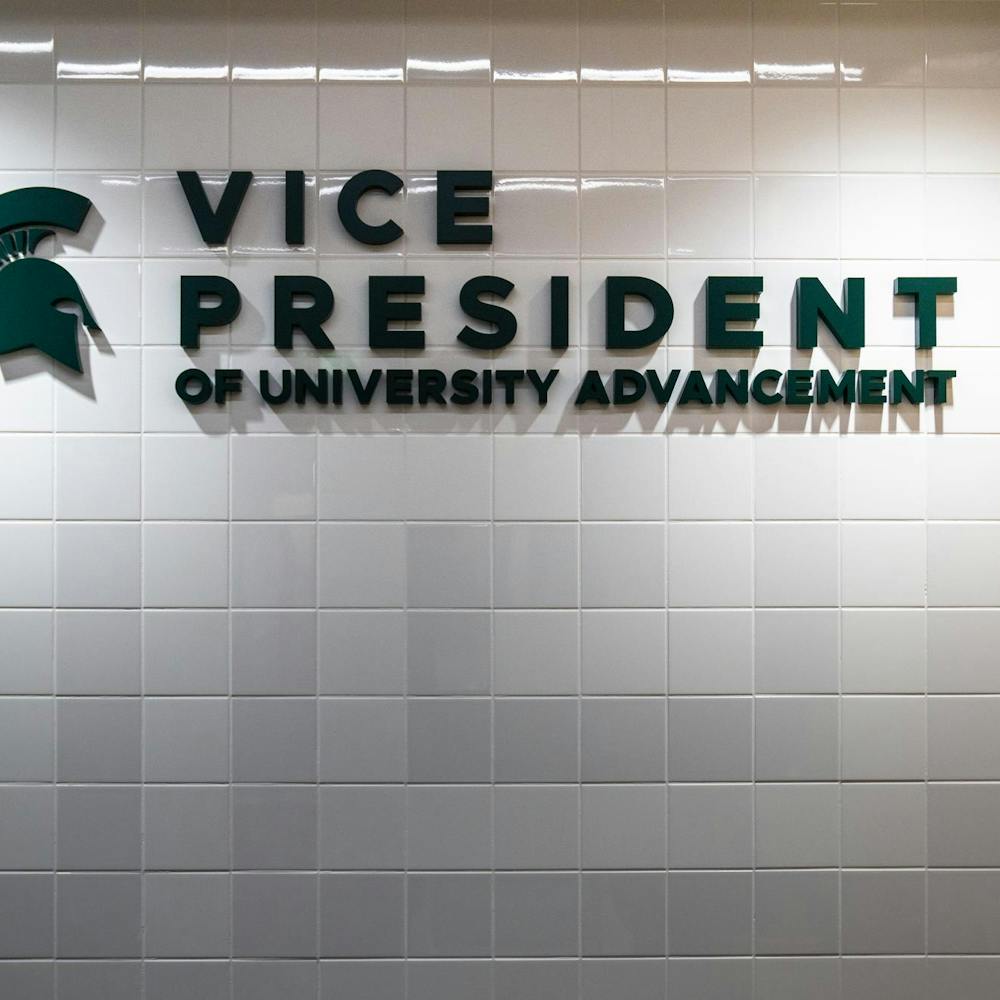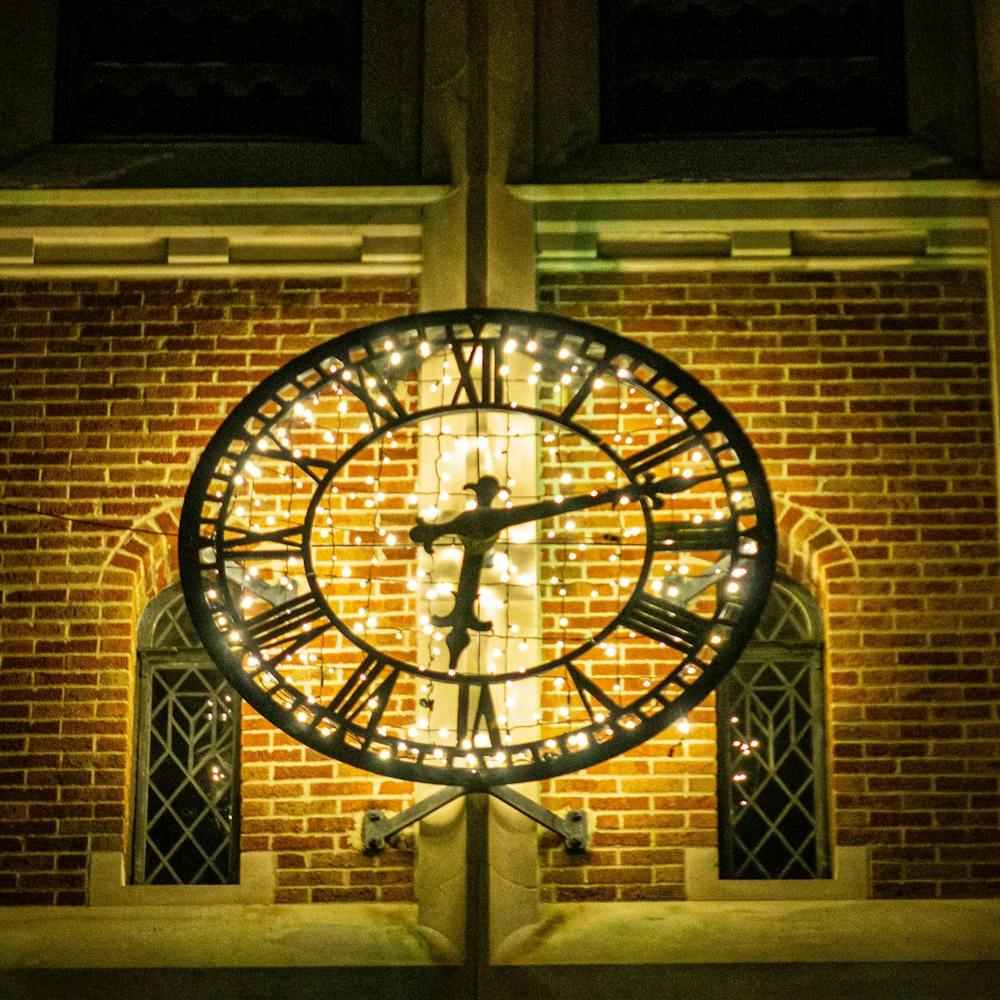MSU will play an active role in promoting renewable wind energy with thousands of dollars in stimulus funding it received from the state last week.
Gov. Jennifer Granholm and officials from the Michigan Department of Energy, Labor and Economic Growth, or DELEG, announced MSU would receive $83,806 to aid in the measurement of wind speeds in the state.
The money will be used to install anemometers, which measure wind speeds, on five towers at various heights across the state. It also will fund data collection by officials in the MSU Department of Agricultural, Food and Resource Economics.
MSU officials will collect tall tower wind speed data and make it more accessible for entities in the state, said Stephen Lovejoy, MSU extension associate director for programs.
“Really, our role at the university is collecting that data (and) putting it in a form that’s accessible to the general public,” he said.
The public could then use that information to make decisions on building wind towers, Lovejoy said.
“Anyone thinking about … constructing a wind tower … it gives them better information,” Lovejoy said. “Does it make economic sense for me to build a wind tower?”
The anemometers and the data collection could help determine where the construction of wind towers would be the most feasible and successful, said Scott Loveridge, an MSU professor in the Department of Agricultural, Food and Resource Economics.
“Basically, it helps us understand better how to position the state of Michigan to take advantage of opportunities that may be there in the wind sector,” he said.
Trista Gregorski, a renewable energy analyst with the DELEG Michigan Bureau of Energy Systems, said wind speed measurements at heights as high as 100 meters previously have not been available to the public.
“We want to collect publicly available information around the state to encourage wind development,” she said.
Wind development could mean the installation of wind turbines to create renewable wind energy, Gregorski said.
Lovejoy said he hopes to see more data collection in 2010.
Individuals, private companies, schools and groups of landowners are a few of the people who might be interested in renewable wind energy, Gregorski said.
“We’ll be collecting data for at least a year,” she said. “Knowing the wind speeds in an area for at least a year’s time will make people feel more comfortable installing wind turbines.”
Support student media!
Please consider donating to The State News and help fund the future of journalism.
Discussion
Share and discuss “MSU to receive $83K to study wind speeds” on social media.






